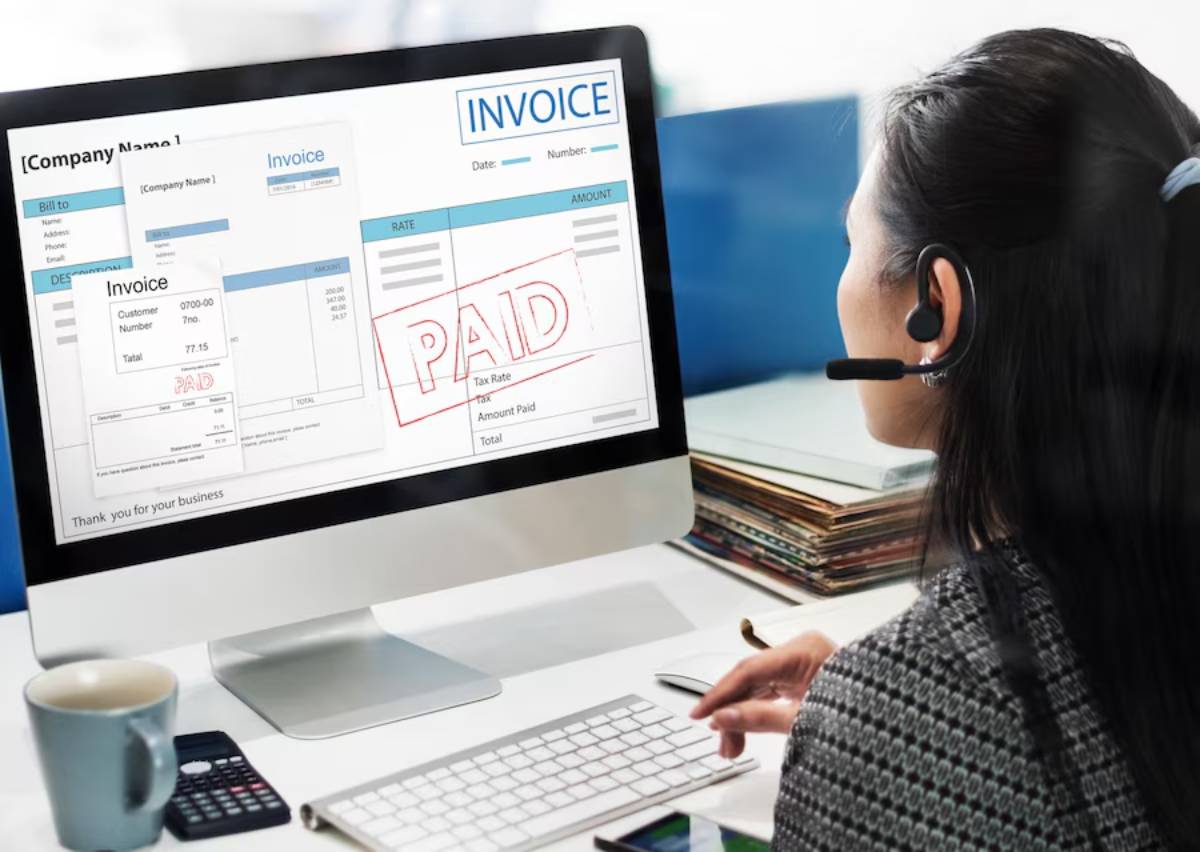
Seller Fees Breakdown: Etsy vs. Amazon FBA
In the fast-paced e-commerce world, knowing seller fees is key for any business that wants to succeed. Etsy and Amazon FBA are two popular online selling platforms. Each offers unique opportunities and challenges for sellers. One key thing for sellers is the cost of listing and selling products. In this blog, we explore seller fees for Etsy and Amazon FBA. We break down the details to help you make smart choices for your business in 2025.
Knowing how fees work on these platforms helps with budgeting. It also affects pricing and profits. With the ever-evolving landscape of e-commerce, staying updated on the latest fee changes is imperative. This guide breaks down Etsy fees and Amazon seller costs for 2025. It offers a clear comparison to help you choose the right platform.
Key Benefits / Why It Matters
The Importance of Understanding Seller Fees
Seller fees are a critical component of any e-commerce business strategy. They directly affect your bottom line and can influence your choice of platform. Whether you’re a seasoned seller or just starting, understanding these fees is essential for several reasons:
- Financial Planning: Knowing the exact costs helps with budgeting and predicting future earnings. It enables sellers to set realistic expectations and plan their finances accordingly.
- Pricing Strategy: Knowing fees helps sellers set competitive prices and still make a profit. It also helps in identifying the optimal pricing strategy for different markets and customer segments.
- Platform Suitability: Different platforms cater to different types of products and audiences. Sellers can pick the right platform by understanding the fee structure. This helps them align with their business model and target market.
- Profit Margin Analysis: Seller fees are a significant factor in calculating profit margins. Knowing these costs well helps assess how profitable each product is and how the business is doing overall.
Real-Life Applications and Data-Backed Insights
Consider a small business owner who specialises in handmade jewellery. By analysing Etsy fees in 2025, they can determine the cost-effectiveness of listing their products on Etsy compared to Amazon FBA. A seller of electronic gadgets might choose Amazon. The fast shipping and large customer base can outweigh the higher fees.
Etsy has a lower listing fee. However, Amazon’s fulfilment services boost delivery speed and customer satisfaction. So, some sellers may find the higher costs worth it.

Additional Expert Tips & Common Mistakes to Avoid
Best Practices for Managing Seller Fees
- Regularly Review Fee Structures: E-commerce platforms frequently update their fee structures. Stay informed about any changes to avoid unexpected costs and adjust your strategies accordingly.
- Use Platform Features: Etsy and Amazon have tools to help cut costs. They offer promotional options and bulk listing features. Utilise these to optimise your listings and maximise visibility.
- Optimise Product Listings: Make sure your product descriptions, titles, and images are ready for search engines. This can enhance visibility and increase sales without incurring additional advertising costs.
- Utilise Analytics Tools: Both platforms offer analytics tools to track sales performance. Use these insights to find top products. Focus on areas with the best return on investment.
Common Mistakes and Their Impact
- Ignoring Hidden Fees: Many sellers miss extra costs like transaction fees, currency conversion charges, and storage costs. These can add up and significantly impact profitability if not accounted for.
- Underestimating Fulfilment Costs: On Amazon FBA, fulfilment fees can vary based on product size and weight. Failing to account for these can lead to unexpected expenses, especially during peak seasons.
- Neglecting Currency Fluctuations: For international sellers, currency fluctuations can affect the final payout. Monitor exchange rates and consider using hedging strategies to mitigate risks.
- Overlooking Customer Returns: Both platforms have return policies that can impact seller fees. Plan for potential returns and incorporate these costs into your pricing strategy.
Advanced Insights / Expert Recommendations
Deep Dive into Etsy Fees 2025
In 2025, Etsy’s fee structure remains relatively straightforward but includes several components:
- Listing Fee: Etsy charges a nominal fee for each item listed, which is typically lower than Amazon’s listing fees. This makes it an attractive option for sellers with a large inventory of unique items.
- Transaction Fee: A percentage of the sale price, including shipping, is charged as a transaction fee. This fee is crucial for Etsy’s revenue model and impacts sellers’ profit margins.
- Payment Processing Fee: This fee differs by country. It covers the cost of using Etsy’s payment system.
- Optional Advertising Fees: Etsy offers advertising options to boost product visibility. While optional, these can be beneficial for sellers looking to increase their reach.

Exploring Amazon Seller Costs
Amazon’s fees are complex. This mirrors its large logistics and customer service network.
- Referral Fee: This is a percentage of the total sales price, which varies by product category. It’s a significant cost for sellers, but is justified by Amazon’s vast customer base and reach.
- Fulfilment Fees: For sellers using Amazon FBA, these fees cover the cost of storing, packing, and shipping products. They vary based on product size and weight.
- Monthly Subscription Fee: Professional sellers on Amazon pay a monthly fee. This fee gives them access to more selling features and helpful analytics tools.
- Long-Term Storage Fees: Amazon adds extra charges for inventory kept in its warehouses for a long time. Managing inventory efficiently can help mitigate these costs.
Unique Industry Perspectives
E-commerce is always changing. So, sellers need to keep up with how consumers behave and how platforms work. Experts recommend:
- Diversify Sales Channels: Don’t just rely on one platform. Use a multi-channel approach. This reduces dependency on a single source of income and allows for better risk management.
- Investing in Branding: Good branding makes your products stand out. It can also help you charge more, which can cover platform fees.
- Focusing on Customer Experience: Great customer service and quick delivery boost repeat business and good reviews. This helps improve your reputation and sales.
Conclusion: Making the Right Choice for Your E-Commerce Success
In conclusion, knowing Etsy fees and Amazon seller costs in 2025 is key. This knowledge helps e-commerce businesses run better and boost profits. Sellers can choose the right platform, set prices, and plan their business better by analysing these fee structures.
As you navigate the world of e-commerce, consider the unique advantages and challenges of each platform. Decide if you prefer Etsy’s community focus or Amazon’s strong logistics. It’s important to match your strategy with your business goals.
To boost your e-commerce business, keep up with fee updates. Use platform features wisely. Always improve your strategy using data-driven insights. Connect with other sellers and industry experts. Share your experiences and learn from their successes and challenges.
What are your experiences with seller fees on Etsy or Amazon FBA? Share your ideas and strategies in the comments below. Let’s keep talking about how to boost e-commerce success.


